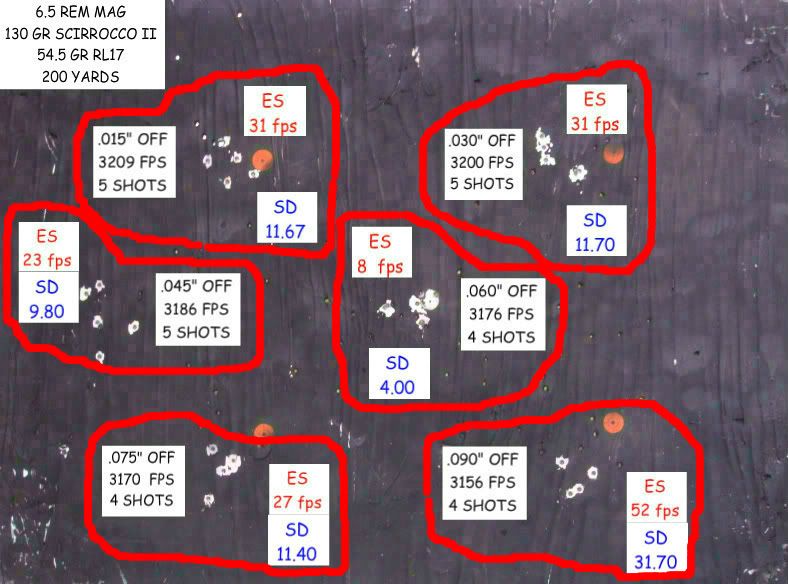joelkdouglas
Handloader
- Jun 5, 2011
- 1,310
- 3
I acquired a Berger reloading manual, despite never having shot any Berger bullets. Some interesting articles in there.
On page 147 in an article by Bryan Litz, chief ballistician at Berger, talks about seating depth during load development: "In general, the seating depth of a particular bullet in a particular rifle tends to be more static than what powder charge will work best. In other words, it's probably best to start with a low to medium powder charge and find the best seating depth. Then, using that estabilished seating depth, start working on changes in powder charge."
An interesting idea--just never occurred to me to start with seating depth changes before powder adjustment.
A small counterpoint from German Salazar here: "A good place to begin (and frankly to stay unless you're already at the Master level in NRA Highpower) is to jump 0.020" for conventional tangent ogive type bullets such as the Sierra MatchKing line or Berger's new designs and to jam 0.015" for VLD type bullets such as Berger VLD, Hornady AMAX, JLK VLD, and others of the secant ogive design."
Salazar reference below:
http://riflemansjournal.blogspot.com/20 ... depth.html
Just wonder what you guys thought about seating depth and load development. After all, it's February!
On page 147 in an article by Bryan Litz, chief ballistician at Berger, talks about seating depth during load development: "In general, the seating depth of a particular bullet in a particular rifle tends to be more static than what powder charge will work best. In other words, it's probably best to start with a low to medium powder charge and find the best seating depth. Then, using that estabilished seating depth, start working on changes in powder charge."
An interesting idea--just never occurred to me to start with seating depth changes before powder adjustment.
A small counterpoint from German Salazar here: "A good place to begin (and frankly to stay unless you're already at the Master level in NRA Highpower) is to jump 0.020" for conventional tangent ogive type bullets such as the Sierra MatchKing line or Berger's new designs and to jam 0.015" for VLD type bullets such as Berger VLD, Hornady AMAX, JLK VLD, and others of the secant ogive design."
Salazar reference below:
http://riflemansjournal.blogspot.com/20 ... depth.html
Just wonder what you guys thought about seating depth and load development. After all, it's February!





